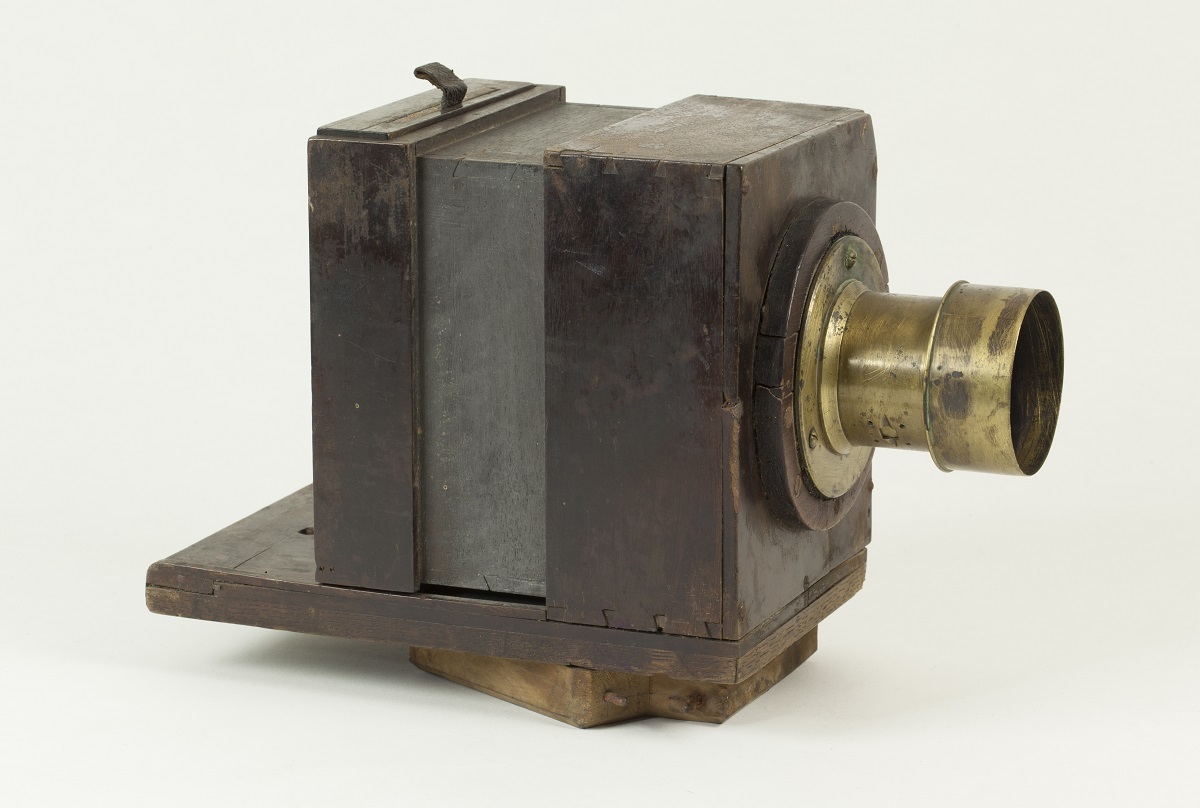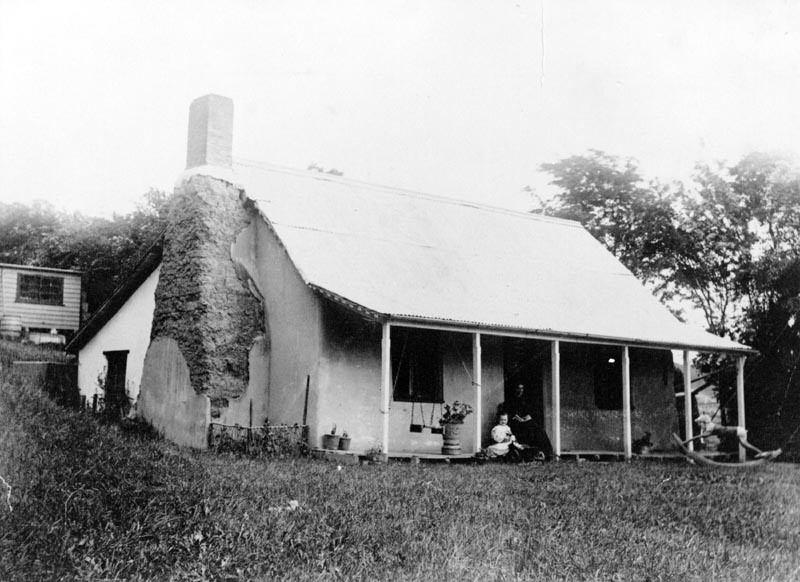Carpenter John Sinclair (1843–1925) was a man of many talents. Although initially employed as a carpenter on Cheviot Hills run in North Canterbury, Sinclair also proved to be a skilled draughtsman and surveyor. He designed and built cottages and other buildings in Cheviot Hills and the surrounding area. Eliza Robinson’s home in Gore Bay and the bell tower at Knox Church in Cheviot are just two examples. Sinclair even made some of his own tools.

In his spare time, Sinclair took up photography. Considering some of the photographs he took of Port Robinson were chosen to illustrate The Cyclopedia of New Zealand in 1903, he seems to have been a fairly skilled photographer. This sliding box camera represents a nice blend of his professional and personal life. Probably made in the 1870s, the simple camera design features a larger static box at the front where the lens is attached. The smaller box at the back can slide forward or backwards to adjust the focus. This basic design was popular with photographers from 1830s, when the daguerreotype was invented. The same design could be used with the calotype process and even with wet collodion negatives. Bulky sliding box cameras were eventually replaced with more compact collapsible and folding cameras.
The sides of the camera are held in place using dovetail joints, with biscuits reinforcing the alignment on the interior. A tongue and groove joint ensures the plate holder fits tightly in its slot. Any gaps would let in extra light, ruining the photographs. The tripod head at the base of the camera is made from a different wood suggesting it is a replacement piece. A commercially-produced Negretti and Tambra lens completes the camera.

In the early 1990s Canterbury Museum was fortunate to be able to make copies of some photographs taken by Sinclair. The original prints and negatives are still privately owned. This image shows Sinclair’s cob cottage. After the Government took over Cheviot Hills in 1893, the Marine Department built Sinclair and his family a cob cottage. It is unknown if Sinclair used this camera to take the photo.
John Sinclair's camera is not currently on public display at the Museum.





